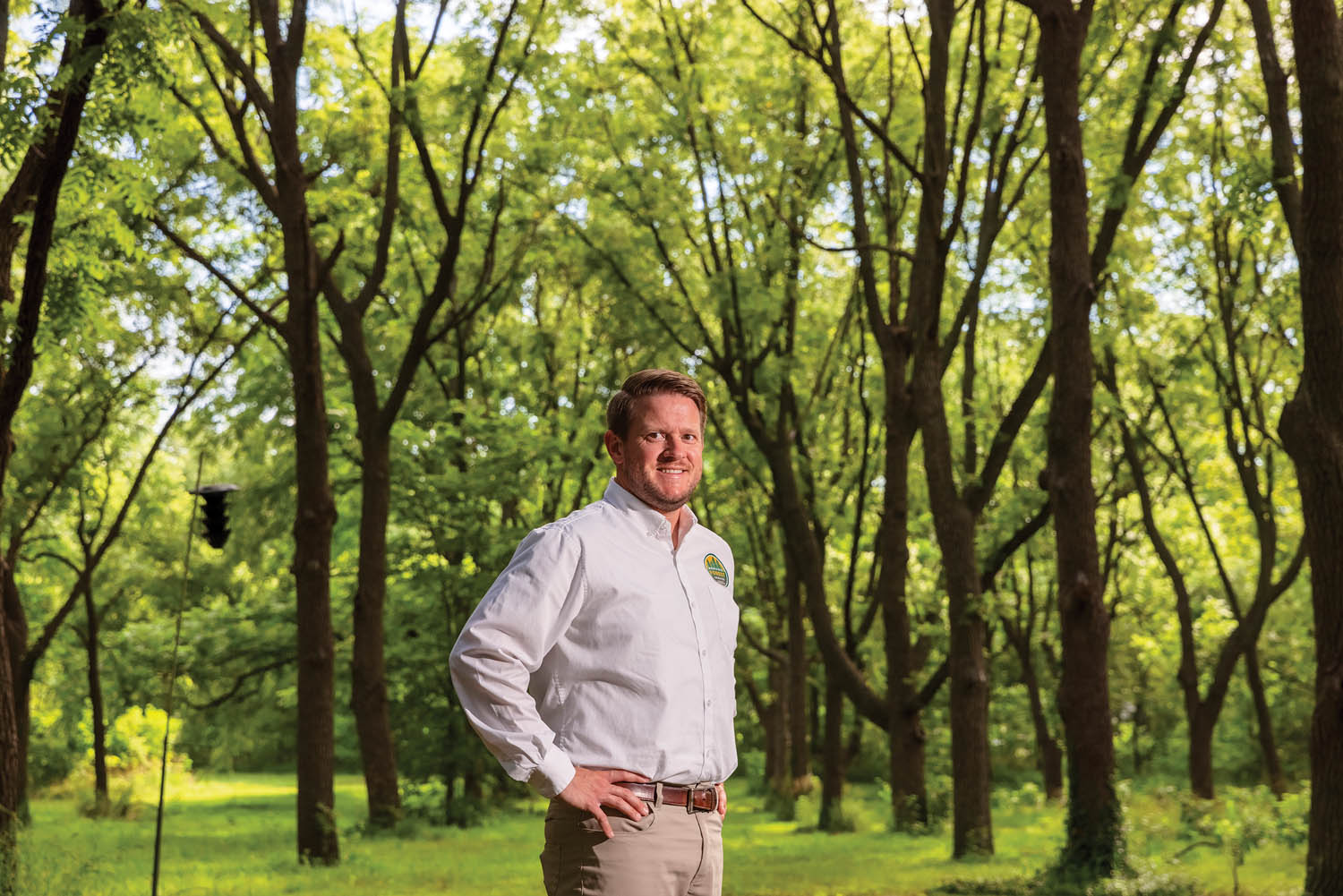Nebraska’s forests are in trouble. Undesirable species are moving in, crowding out the oaks, elms and cottonwoods that signify a healthy Nebraska hardwood forest.
In the past, fires and floods scoured the forest floor, allowing for natural tree regeneration and removed uninvited cedars, basswoods and hackberries. Now it’s up to humans.
To better manage the state’s trees and forests, the Nebraska Forest Service has partnered with the state’s Natural Resources Districts, the Nebraska Game and Parks Commission as well as the university.
The Nebraska Forest Restoration Partnership is working with landowners to increase the scale and pace of forest restoration statewide, primarily by removing unwanted tree species and expanding tree planting efforts.
The partnership is also financing landowners’ efforts to replace their aging and declining windbreaks, which protect livestock, crops and homesteads. Many of these windbreaks were planted in the 1930s to quell severe erosion during the Dust Bowl.
Landowner interest in both programs is high, said Adam Smith, Forestry and Fire Bureau chief of the Nebraska Forest Service.
The partnership aims to plant 1.5 million trees, manage 30,000 acres of declining forests, increase the health and resiliency of 7,000 acres of vulnerable forests and restore 250 linear miles of agricultural windbreaks.
This award benefits our state’s forests, ecosystems, working agricultural landscapes and, most of all, the landowners who have invested so much into the stewardship and resiliency of their land.
Mike Boehm
“This partnership leverages all the expertise and capacity of these individual organizations to make a big impact,” Smith said. “Having local natural resource experts involved in forestry in Nebraska is a significant bonus.”
A five-year, $4.3 million grant from the U.S. Department of Agriculture’s Natural Resources Conservation Service funds the restoration projects.
“This award benefits our state’s forests, ecosystems, working agricultural landscapes and, most of all, the landowners who have invested so much into the stewardship and resiliency of their land,” said Mike Boehm, Harlan Vice Chancellor for the Institute of Agriculture and Natural Resources and University of Nebraska vice president for Agriculture and Natural Resources.
The Nebraska Forest Service, part of Nebraska’s Institute of Agriculture and Natural Resources, works with faculty, centers and departments on environmental stewardship, extension education and research.
+ Additional content for Restoring Nebraska’s Forests
Nebraska news release: Partnership earns $4.3M grant to restore state’s forests

